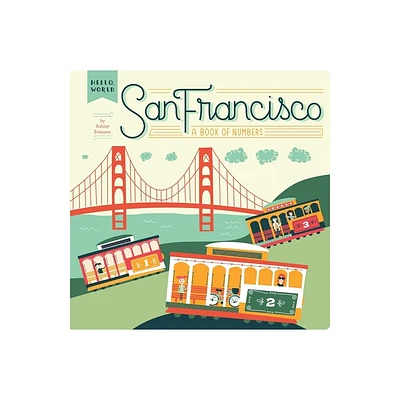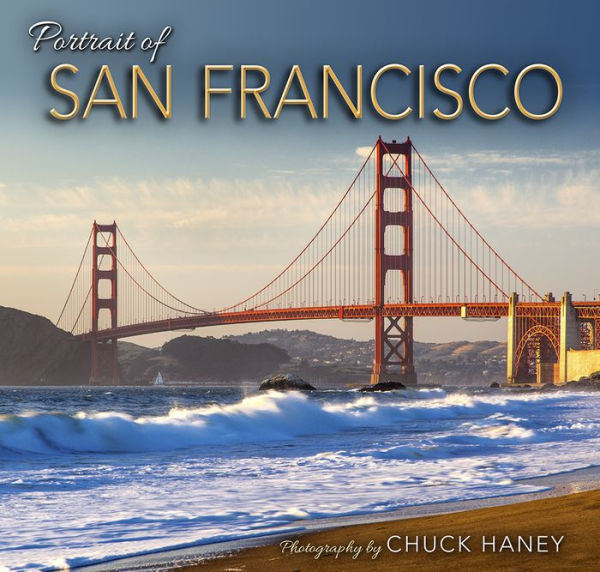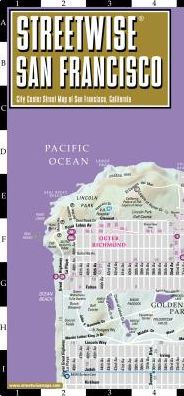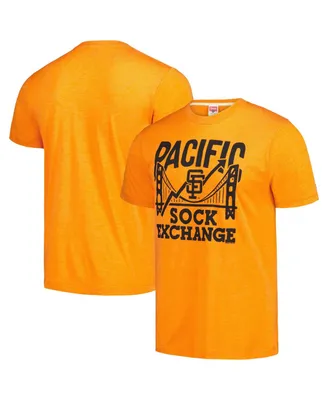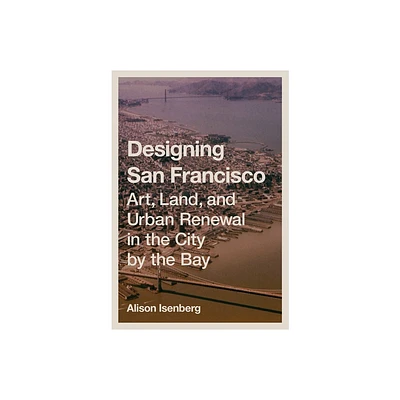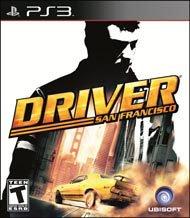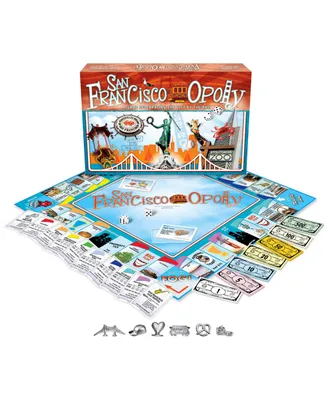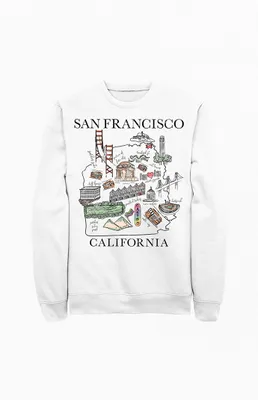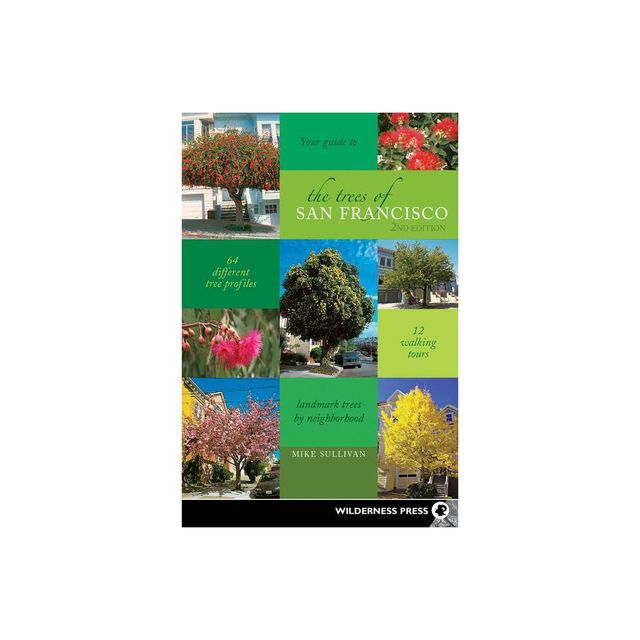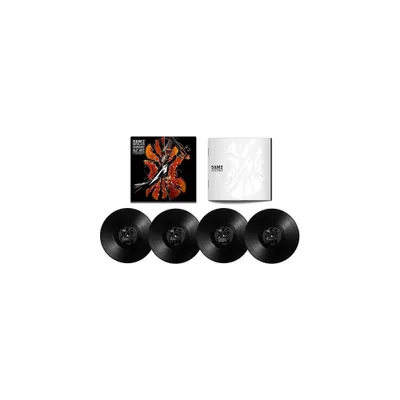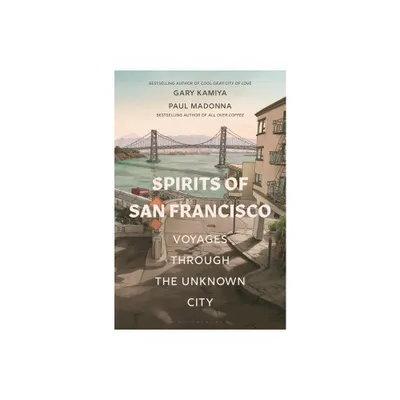Home
Empire on Display: San Francisco's Panama-Pacific International Exposition Of 1915
Loading Inventory...
Barnes and Noble
Empire on Display: San Francisco's Panama-Pacific International Exposition Of 1915
Current price: $34.95
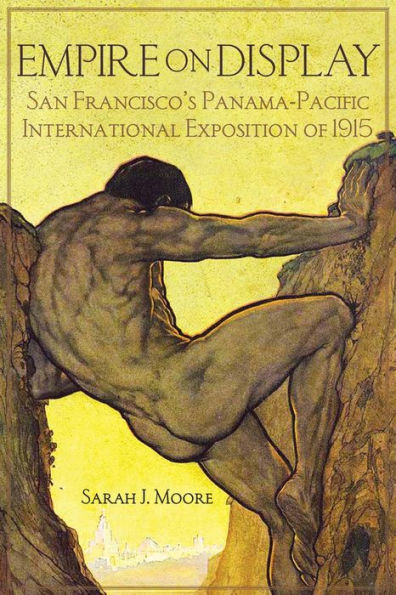

Barnes and Noble
Empire on Display: San Francisco's Panama-Pacific International Exposition Of 1915
Current price: $34.95
Loading Inventory...
Size: Hardcover
*Product Information may vary - to confirm product availability, pricing, and additional information please contact Barnes and Noble
The world’s fair of 1915 celebrated both the completion of the Panama Canal and the rebuilding of San Francisco following the devastating 1906 earthquake and fire. The exposition spotlighted the canal and the city as gateways to the Pacific, where the American empire could now expand after its victory in the Spanish-American War.
Empire on Display
is the first book to examine the Panama-Pacific International Exposition through the lenses of art history and cultural studies, focusing on the event’s expansionist and masculinist symbolism.
The exposition displayed evidence—visual, spatial, geographic, cartographic, and ideological—of America’s imperial ambitions and accomplishments. Representations of the Panama Canal play a central role in Moore’s argument, much as they did at the fair itself. Embodying a manly empire of global dimensions, the canal was depicted in statues and a gigantic working replica, as well as on commemorative stamps, maps, murals, postcards, medals, and advertisements
.
Just as San Francisco’s rebuilding symbolized America’s will to overcome the forces of nature, the Panama Canal represented the triumph of U.S. technology and sheer determination to realize the centuries-old dream of opening a passage between the seas.
Extensively illustrated, Moore’s book vividly recalls many other features of the fair, including a seventy-five-foot-tall Uncle Sam. American railroads, in their heyday in 1915, contributed a five-acre scale model of Yellowstone, complete with miniature geysers that erupted at regular intervals. A mini–Grand Canyon featured a village where some twenty Pueblo Indians lived throughout the fair.
Moore interprets these visual and cultural artifacts as layered narratives of progress, civilization, social Darwinism, and manliness. Much as the globe had ostensibly shrunk with the completion of the Panama Canal, the Panama-Pacific International Exposition compressed the world and represented it in miniature to celebrate a reinvigorated, imperial, masculine, and technologically advanced nation. As San Francisco bids to host another world’s fair, in 2020, Moore’s rich analytic approach gives readers much to ponder about symbolism, American identity, and contemporary parallels to the past.

